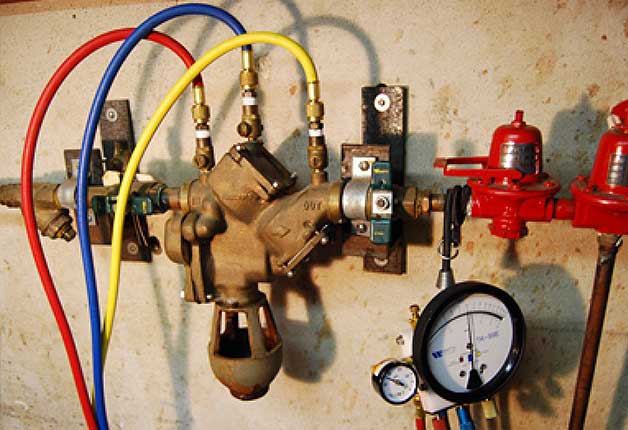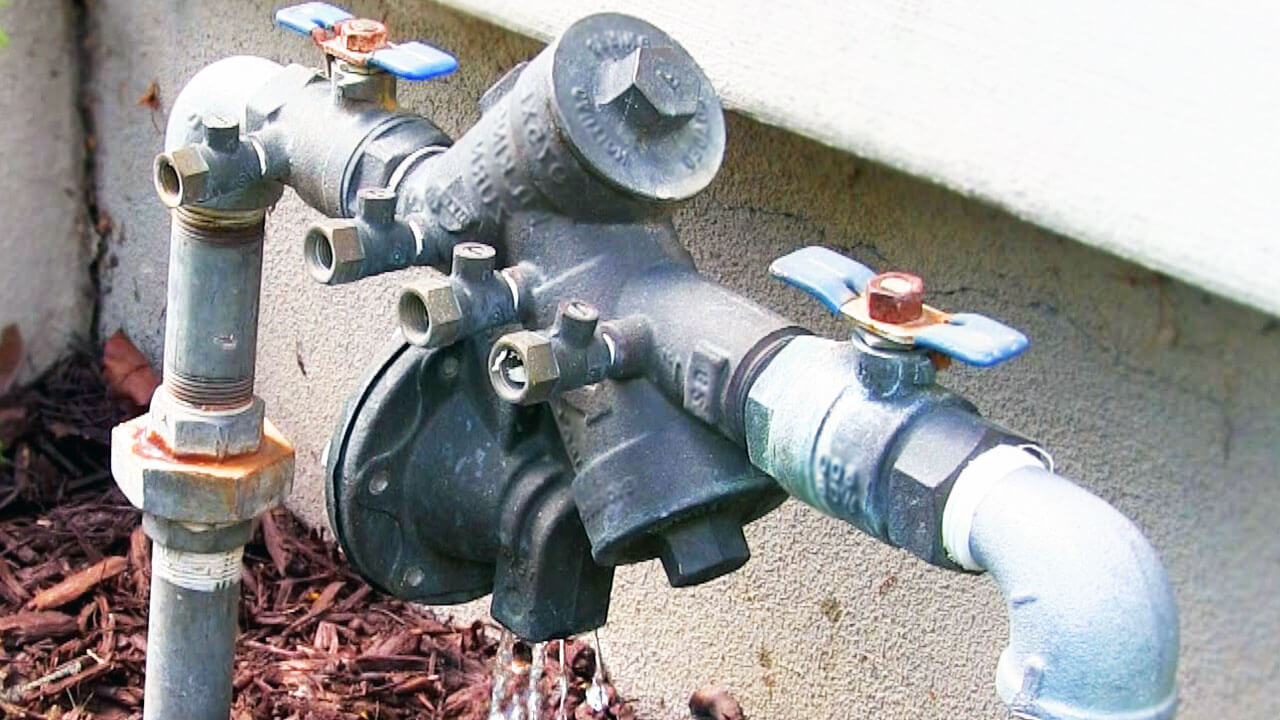Why Backflow Testing Needed for Water Safety?
Why Backflow Testing Needed for Water Safety?
Blog Article
This great article listed below about Backflow Assembly Testing is indeed entertaining. Try it and make your own personal conclusions.

Yes, you require to backflow test your house's water to ensure that the water is free of toxins and also dangerous degrees of chemicals. As a result of the tools called for and space for error, you must not try to perform heartburn screening by yourself. We recommend that you call a professional plumber every couple of years to evaluate your water.
What is Heartburn?
Simply put, backflow is when water moves upwards-- the contrary instructions in the plumbing system. This is likewise known as "backpressure." When the water relocates this direction, it can blend with unsafe toxins and posture a danger.
What Creates Heartburn?
A typical source of heartburn is a loss of water pressure that triggers the water to siphon back right into the water system. An instance is clearing out a paint pail making use of a pipe. You fill up the paint pail up with water, leaving the hose pipe in the container. After a long time, there is a loss in water pressure and the pipe starts to suck the water back into the water. As you can picture, there are now chemicals from the paint that are getting in the water, possibly positioning a threat. However, lots of people are not also aware of heartburn screening, but there are several reasons why it's so important.
Heartburn Screening is Called For by Regulation in Particular Cities
Depending upon where you live, you might in fact be needed by law to backflow examination your law. As an example, Iowa City keeps a record of all residential properties served by the city's water. The city requires that specific "high-hazard" centers undergo heartburn testing. In some cases, residential properties such as homes as well as apartment buildings are impacted.
You Can Avoid Backflow
Dangerous heartburn is conveniently avoidable if you have a specialist plumber set up a heartburn device. If there is an active danger, the plumber will also check for heartburn and also establish. The major objective of a heartburn device is to avoid water from streaming in reverse right into your water. Plumbing professionals install the tool on the pipelines in your home to guarantee that the water just streams in the correct direction.
Backflow Can Impact Both You as well as Your City
Lots of cities establish backflow standards since unsafe backflow can influence the general public water system along with a solitary building. Luckily, modern cities have backflow devices in position that safeguard the supply of water that originates from a lot of residences and industrial residential or commercial properties. The actual risk comes from irrigation systems, which can harm the water with toxic plant foods, manure, and also other chemicals.
Call a Plumber to Evaluate for Backflow Before It is Far too late
While it may appear grim, infected water can cause terrible bacterial and also viral infections that are tough to deal with. If there are any kind of harmful chemical levels, a plumbing business can promptly test your residence's water to determine. If you can avoid the suffering that comes from consuming infected water, the tiny investment is. And if you do find that your water has high levels of toxic substances, a plumber can easily mount a backflow prevention gadget.
Yes, you require to backflow test your residence's water supply to ensure that the water is cost-free of toxic substances as well as unsafe degrees of chemicals. A regular reason of heartburn is a loss of water stress that causes the water to siphon back into the water supply. After some time, there is a loss in water stress and the tube starts to draw the water back right into the water supply. The major purpose of a heartburn tool is to avoid water from moving in reverse into your water supply. Lots of cities establish backflow standards since harmful backflow can impact the public water supply in addition to a single building.
WHY DOES BACKFLOW TESTING NEED TO BE DONE EVERY YEAR
What Is Backflow?
Toxic gas backing up into a building is one example of potential backflow issues, but backflow can occur in many other ways.
Backflow is generally referred to as the reversal of a liquid or gas in a plumbing system.
Most issues for the public occur with backflow resulting in contaminated drinking water. If you look up backflow issues online you’ll probably find references to “potable” water. That means drinking water.
There have been backflow issues in the past with drinking water. Chemicals, sewage and other contaminants have found their way into drinking water causing health issues for those that count on the fresh water.
What Causes Backflow?
In a residence or commercial building water generally flows one way. This normal flow is usually driven by consistent pressure in the water and waste system.
Anything that changes the normal pressure in the system can lead to backflow.
Fire hydrant use or malfunction can reverse the normal pressure in the system on a city line, but backflow can occur in a number of different ways.
Sometimes backpressure might be caused by someone using a garden hose and submerging the end of the hose in a pool of liquid. If pressure is lost the flow could reverse and contaminants could be released into the drinking water.
Anytime there is a connection between contaminants and the drinking water there is potential for a backflow issue. Sometimes these connections are not immediately obvious like the garden hose connecting to a building’s drinking water supply.
Backflow Regulations
The Environmental Protection Agency (EPA) provides guidelines and regulations for state and local governments regarding backflow. State and local governments also have their own guidelines and regulations for backflow prevention.
Arizona has its own backflow regulations.
Due to issues with backflow in the past, regulations require backflow preventer devices to be used in nearly all residential and commercial buildings.
A backflow preventer is a device that prevents backflow as cross-connection points where potential backflow issues may occur.
While backflow is not a common occurrence, preventers are in place to make sure there is no contamination should something malfunction or go wrong with a building’s water supply.

I am just very fascinated by Is backflow testing necessary? and I hope you liked the entire page. Are you aware of anybody else who is very much interested in What is Backflow Testing?? Do not hesitate to promote it. I appreciate reading our article about Backflow Testing.
Contact Us Today
Report this page